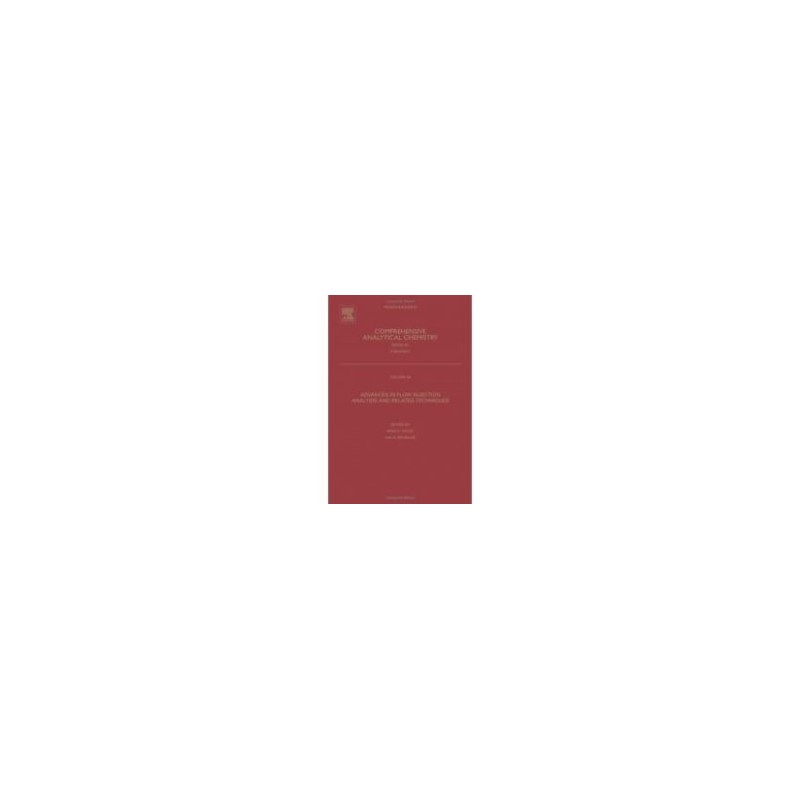- Obecnie brak na stanie



Zestaw AVT do samodzielnego montażu gry elektronicznej SNAKE. AVT5639 B
Brak towaru
Brak towaru
Tag pozwala na tworzenie systemów nawigacji wewnątrz budynków
Brak towaru
Brak towaru
Fully Integrated, Hall Effect-Based Linear Current Sensor IC with 3 kVRMS Voltage Isolation and a Low-Resistance Current Conductor, +-50A, -40C - 125C, Allegro Microsystems, RoHS
Brak towaru
Brak towaru
Flasher STM8, programator przeznaczony dla mikrokontrolerów serii STM8 z wbudowaną pamięcią Flash. Segger 5.09.01
Brak towaru
Brak towaru
Brak towaru
Brak towaru
32-bitowy mikrokontroler z rdzeniem ARM Cortex-M4, rodzina XMC4200, 256kB Flash, VQFN-48, Infineon
Brak towaru
Zestaw z modułem rozszerzającym dla Arduino do budowy robota Zumo. Moduł zawiera podwójny sterownik silników, buzzer oraz przycisk użytkownika, a także 3-osiowy akcelerometr i kompas. Pololu 2508
Brak towaru
Brak towaru
Brak towaru
Brak towaru
Shield Bluefruit EZ-Link dla Arduino umożliwiający bezprzewodową komunikację oraz programowanie. Maksymalna prędkość to 230400 b/s, diody sygnalizujące komunikację (Tx/Rx) oraz linię wyjściową sygnalizującą status połączenia. Adafruit 1628
Brak towaru

